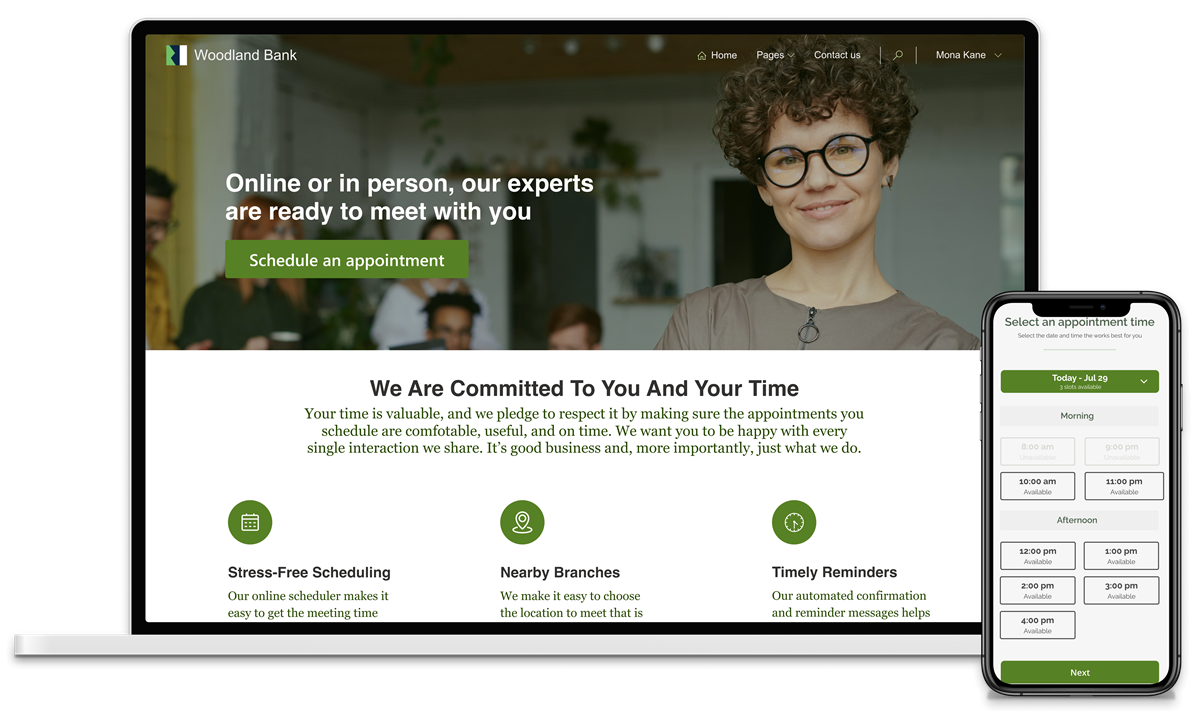Microsoft Teams is the go-to hub for your organisation. Microsoft has been encouraging users to see it as a home for collaboration and communication within your organisation.
Microsoft Teams will be a familiar product for most organisations with over 75 million active users recorded as of April this year. Microsoft Teams is available as part of the Microsoft 365 range and has fully replaced Skype for Business as the communication platform. However, even with a large amount of people using the platform, most still see it as a call and chat application when it can be so much more.
Microsoft Power Platform
The Microsoft Power Platform is Microsoft’s class leading low-code platform, providing organisations with the ability to easily create dashboards, apps and automated workflows. All with a simple drag and drop editor and huge range of connectors available as standard.
Microsoft Power Platform is a game changer when it comes to making informed decisions, process automation and productivity, all key drivers for success for any organisations.
Microsoft Teams and the Power Platform
Microsoft provides users with the ability to embed Power Platform solutions across the breadth of Microsoft Teams. Microsoft Power Platform provides many integration capabilities with Teams where you can embed Power BI reports in the Teams workspace, embed apps created using Power Apps as a tab or personal app, trigger a Power Automate flow from any message or use adaptive cards, and add your bot created using Power Virtual Agents to Teams for other members of your organization to interact with.
New Microsoft Teams Power Platform integration
In September of this year Microsoft announced 4 new capabilities for users:
- Create and share dashboards, reports, and apps using Power BI to make data-driven decisions.
- Create and share low-code, purpose-built apps using an integrated Power Apps studio by connecting to your business data stored either in the new underlying data platform (Project Oakdale), Microsoft 365, or in other data sources through connectors.
- Create automated workflows between your apps and services to synchronize files, get notifications, collect data, and more using Power Automate.
- Build bots using a guided, no-code graphical interface using Power Virtual Agents to easily create digital assistants within Teams and make them available to your colleagues to chat with.
This is great news for organisations with Microsoft Teams. Microsoft is moving closer and closer to a world where you can do most of your work via the Microsoft Teams interface. Making the Power Platform more accessible via this familiar interface is going to help improve uptake.
The one caveat it is worth noting here is that the above capability comes as standard for some Microsoft 365 subscriptions but others may require an add-on.
Download our comprehensive guide to the Microsoft Power Platform here, to find out more.



